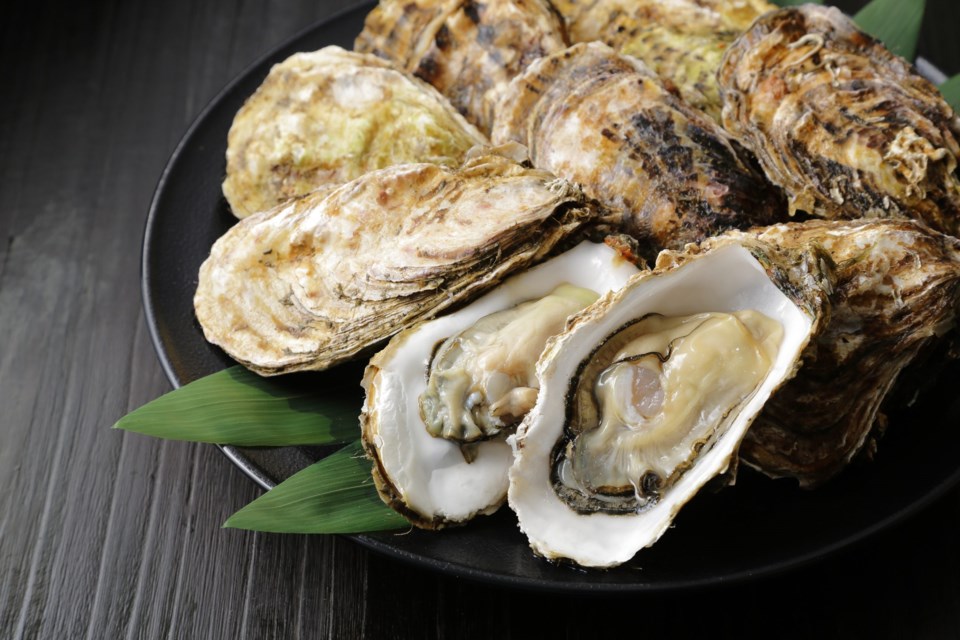Local Profile reported in October about deadly avian flu that killed 5.4 million turkeys this year, causing a shortage right before Thanksgiving Day. Now the state’s oyster industry is facing a similar shortage due to the extreme summer weather.
The six-month Texan oyster season begins on November 1st and lasts until April 30, but this season 20 out of 29 shellfish harvest areas will be closed for fishing after the Texas Parks and Wildlife Department (TPWD) found signs of environmental stress which delays the oysters’ growth, making them unsuitable for harvesting.
This is not a new trend. Last year’s season the TPWD had a clash with fishermen after the department closed the majority of the harvesting areas by mid-December dealing a huge blow to the sector and making those in the business worry about the sustainability of the industry as a whole.
The TPWD closes areas for harvesting if their samples come back with too many small oysters or too few of them in general. The closure is intended to give time to the oyster population to bounce back, as oysters fulfill an important role in preventing shoreline erosion while filtering water at the same time. Unlike fish, which can just swim away to greener waters, oysters are anchored to one place unable to escape harsh weather conditions and are thus very sensitive to changes in the quality of the water.
In this regard, the past decade has been rough for the mollusks. They’ve endured hurricanes, heavy rainfall and extreme drought. While the high amount of undersized oysters is good news for future seasons, fishermen worry that harvesting being limited to fewer areas could put even more stress on those open areas.
In March, the TPWD formed an ad hoc oyster advisory workgroup that included all stakeholders who shared feedback to study oyster management strategies and sustainability.
“We recognize the economic impact of these closures on local families and businesses that depend on oyster harvests,” said Robin Riechers, director of Coastal Fisheries for TPWD in an official statement. “As we continue to work with the oyster industry, we want to balance conservation and restoration needs with those of the commercial fishery. These compromises bring some biological risk for shellfish populations, so we will be diligent in our oyster population monitoring.”




